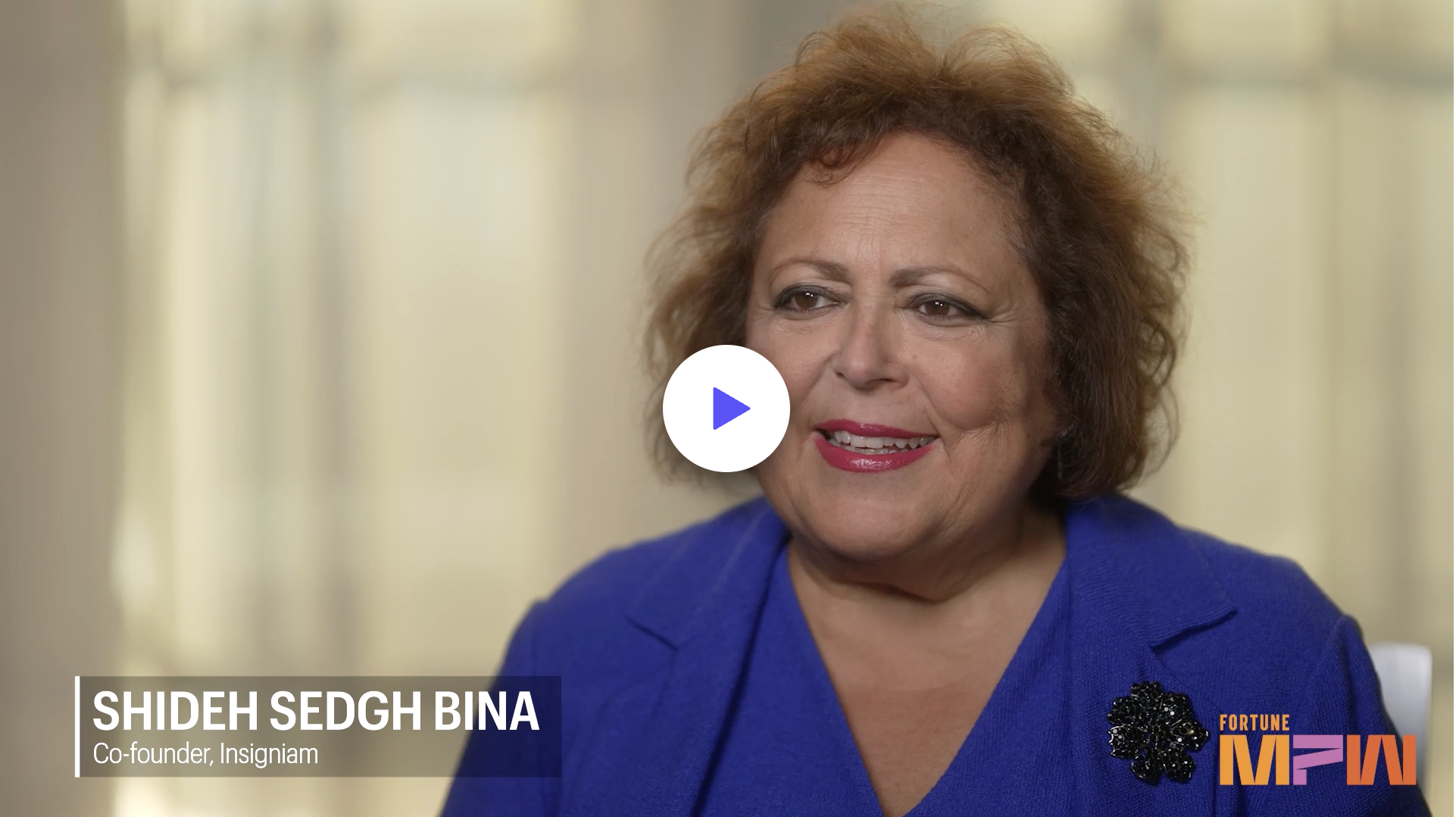Why Transformation Lives or Dies in the Boardroom
Large companies, whether public or private, evolve as they adapt to sustain growth and profitability. Successful evolution requires the CEO-to-boardroom dynamic be healthy and focused on driving a business forward with speed and transparency.
B.C. Forbes, founder of Forbes magazine, once said, “A business, like an automobile, has to be driven in order to get results.” To better understand the dynamics between the board and the C-suite, we turned to two seasoned veterans of the boardroom, both remarkable in their accomplishments and unique in their points of view. Dr. Philip Neches, co-founder of Teradata (a $2.6 billion company, according to 2012 annual revenue reports), former board member of International Rectifier, and current board of trustees member for Caltech; and Charlie Kemper, managing director of Revel Partners and board member of the association of New York City Venture Capitalists.
Committees or collaborators
The traditional view of a board and the CEO is that of guiding a company’s financial choices. The hope is that the CEO and boardroom are also watching the nuances of whether a company’s strategy is working long term.
The boardroom is a world of committees, and, while committee work can get boring, it is critical that as a company evolves, the board is on its toes. When a strategy is off kilter it can be missed early on, but if the board is engaged, that will not go unnoticed. “What makes a board effective in this high-stakes, high-tension environment is the ability to know when something that was working isn’t working anymore in time to address it,” says Neches.
That doesn’t always mean making a change at the top. “Sometimes there is no bad guy, no certainty, nothing wrong to audit and no one to replace,” says Neches. “Those are the most difficult discussions, because the CEO and the board have to manage through lack of progress without clear indicators.”
Kemper says there are two kinds of boards, open and collaborative or closed and rigid. Different boards are effective during different evolutionary stages of a company’s life, and as a company begins to transition from one stage to another a change in board members and/or a company’s C-suite may become necessary.
Kemper sites Google as an example. “The young guys that started Google were great at innovative product development. They brought in a ‘gray hair’ experienced at leading growth and execution. When they were ready to innovate and reinvent again years later, that CEO stepped aside and one of the founders, now seasoned, along with a mature and effective board, took over the reins.”
Uncertainty is the enemy of transformation
Neches says successful CEOs and boards accept the fact that emotion, when used appropriately, creates openness and results. “A CEO has to be willing to be vulnerable. They can’t know all the answers, they just need to recognize something needs to change and can use the board to help resolve that the current course isn’t the right one.”
In times of uncertainty, it is easy to play it safe. Kemper says many boards default to lower risk, shorter term thinking he characterizes as “five yard drives versus 80 yard passes.” Neches states that “boards are fraught with friction when things seem off track and people can get entrenched, drink their own Kool Aid, and it gums up discussions that need to happen.
The boardroom is a place to get versus give answers
Neches told a great story of why leaders are conditioned to have all the answers. “Do you know how long it takes for an elementary school teacher to start to answer a kid’s question on average?” he asked. The answer, “One second. As leaders, we sometimes feel we have to answer everything in the face of uncertainty, just like the elementary school teacher.” And that, Neches says, can lead to some bad boardroom behaviors.
Neches shared that when he was brought into NCR Microelectronics, part of a $6 billion company, to look at the company’s product portfolio. It was profitable, but not profitable enough. The company needed a breakthrough in that business area to earn back its cost of capital in a $500 million business line. Neches’s recommendation may seem straightforward — focus more capacity on high-margin products where the company had good intellectual property — but getting there was a tough process. In the end, NCR Microelectronics met its objectives, but the decision had a lot of upfront uncertainty. By asking the right questions, a transformation breakthrough happened.
The CEO’s dilemma
Being a CEO is a lonely job, and often there is no one to talk to. Successful companies have boards that are not just having meetings for the sake of having meetings. Neches says that CEOs should expect questions and expect to listen. “A board that asks hard questions is one that is engaged and interested,” he says.
Neches says the board has to have the ingredients of a productive boardroom if transformational ideas are to move from the boardroom and into action. “The board can’t just be a reflection of the CEO’s ideals,” he says. “The board members all need to be heard and understood, and the respect for differing opinions has to be there.”
The role of culture and the board in transformational initiatives
It may all boil down to the climate the CEO has created with the board. It may also have to do with the culture [or makeup] of the board itself.
“There has to be a balance of board members,” Kemper says. “It is always good to have some board members who are shareholders as well as industry experts and those with financial expertise.” Kemper cited AOL as an example of not getting the right balance between the type of CEO they have and the mix of board members needed to hit its transformational needs.
Kemper also stressed culture. “For most companies, looking at new opportunities to expand, management, and the culture they build is the number one enabler or inhibitor. The board and the CEO have to get it right from the start by empowering middle management, encouraging a culture appropriate for what needs to be accomplished long term.”
Kemper said that while it is the CEO’s job to sell transformation, the board also has several jobs in ensuring that its CEO is successful. He offered four points of advice. “The board members should be an open line of communication, be coaches. They should help the CEO recruit the right leadership, and use their business development savvy to help prioritize large growth efforts in addition to helping the CEO think through strategic partnerships.”
Neches perhaps summed it up best in reflecting on a key cultural value that is part of the success of the C-suite and board relationship at Teradata, a company he founded 34 years ago and helped lead. “It is for employees to have a sense of missionary zeal in what the company is doing and the good it could provide the world, and it is still alive and well today.”
Facing the board?
 Critical advice in preparing to sell transformation initiatives:
Critical advice in preparing to sell transformation initiatives:
1. Reverse the order of your deck — Start with the conclusions, as you can better gauge the selling job you have to do.
2. Go in to listen more than to talk — If you have a healthy BOD environment, make them part of the conversation to make the best decision around the idea.
3. Don’t have all the answers — While it is great to anticipate and be prepared, the harder the questions, the higher the level of engagement from board members.
— Dr. Philip Neches, Co-founder of Teradata, former board member of International Rectifier, and current board of trustees member for Caltech
 1. Look at the audience background — Are board members from operating companies, venture investors, financial types or industry experts?
1. Look at the audience background — Are board members from operating companies, venture investors, financial types or industry experts?
2. Pay close attention to risk mitigation — Charismatic CEOs can err on the side of upside dialogue, thorough thoughts on the downside will create more success with the board.
3. Don’t forget to touch on execution — Explain how your leadership team and middle management will embrace and execute.
— Charlie Kemper, Managing Director of Revel Partners and board member of the association of New York City Venture Capitalists



